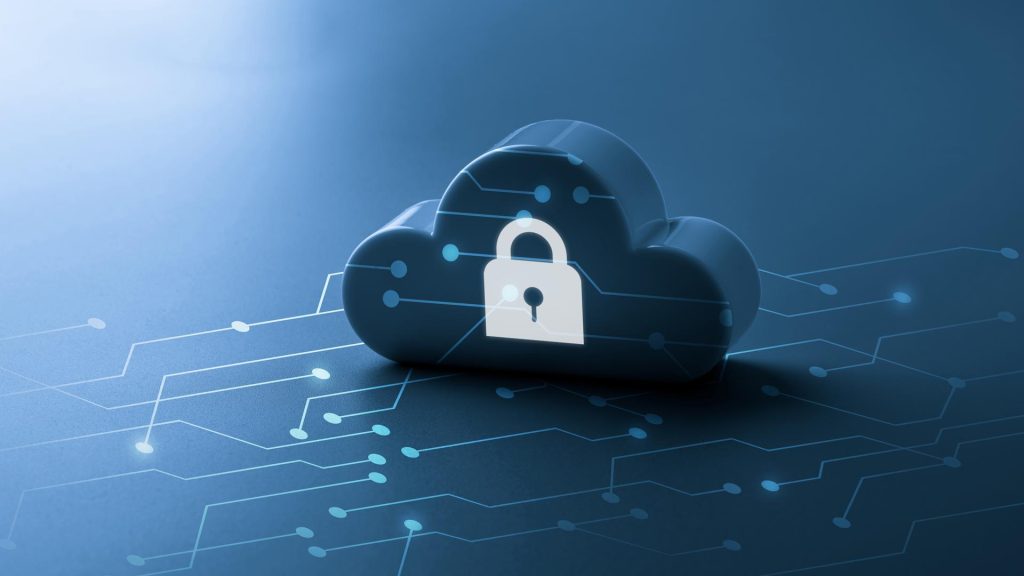In 2025, cloud security is no longer just a technical concern it is a strategic necessity. The world of work has changed forever. The rise of hybrid and remote models has allowed flexibility and innovation but it has also created a new wave of cybersecurity challenges. As employees work from multiple locations and devices, cloud platforms have become the backbone of modern business operations. Yet, the same systems that drive productivity also open the door to new security risks.
Table of Contents
The Growing Importance of Cloud Security
Organizations have rapidly moved to cloud-based systems for collaboration, data storage, and operations. According to Gartner, over 90% of enterprises now use multiple cloud services. This shift has expanded the attack surface, giving cybercriminals more opportunities to exploit vulnerabilities.
With cloud data spread across multiple servers, access points, and third-party providers, securing it has become more complex. Hackers no longer need to breach corporate firewalls; they only need one compromised credential to gain access to sensitive data stored in the cloud.
As Microsoft Security reports, credential-based attacks have increased by over 60% in the past year many targeting remote employees with weak authentication systems.
Key Cloud Security Challenges in 2025
1. Identity and Access Management (IAM)
The biggest vulnerability in cloud environments is mismanaged access. Employees and contractors often have more privileges than necessary, leading to unauthorized exposure of critical data. Implementing Zero Trust Architecture where every access request is verified is now considered the gold standard.
2. Data Privacy and Compliance
With laws like GDPR and the California Consumer Privacy Act (CCPA), data protection is not optional. Hybrid organizations must ensure that data is encrypted, anonymized, and stored in compliance with regional regulations. The Cloud Security Alliance (CSA) emphasizes that regulatory compliance failures remain among the top five causes of cloud data breaches.
3. Shadow IT and Unapproved Apps
Employees often use unapproved tools like personal email, free file-sharing apps, or unofficial software for convenience. This “shadow IT” bypasses security protocols and exposes organizations to unmonitored risks.
4. Multi-Cloud Complexity
Most companies use a mix of providers AWS, Google Cloud, and Azure. Managing security consistently across these platforms is challenging. Each cloud service has its own configurations, APIs, and vulnerabilities, making unified security management essential.
5. Insider Threats
Not all breaches are external. Internal misuse whether intentional or accidental remains a major issue. Training and real-time monitoring help detect unusual activities before they cause damage.
Modern Solutions for Cloud Protection
Zero Trust Security Framework
As recommended by CISA, organizations should assume every connection could be compromised. Zero Trust continuously verifies identities, encrypts communications, and restricts access using real-time risk analysis.
Cloud Access Security Brokers (CASB)
CASB tools act as gatekeepers between users and cloud services, enforcing security policies and monitoring data flows. Companies like McAfee and Palo Alto Networks are leading in this area, offering integrated visibility across cloud applications.
Encryption and Tokenization
Encrypting sensitive data before it leaves your system is one of the most effective defenses. Even if hackers gain access, the data remains unreadable. Tokenization replaces critical data with random identifiers, adding another layer of protection.
AI and Threat Detection
AI-driven security tools are now essential in 2025. Platforms like CrowdStrike and SentinelOne use machine learning to detect anomalies and stop threats in real time. As cloud environments grow more complex, automation has become the key to proactive defense.
Secure Collaboration Tools
Choosing secure communication and file-sharing platforms is crucial. Solutions like Microsoft 365 Defender, Google Workspace Security, and Slack Enterprise Grid provide end-to-end encryption and advanced access controls for hybrid teams.
The Role of Employee Awareness
Technology alone cannot prevent all breaches. According to a Verizon Data Breach Report, over 80% of breaches involve human error. Employees must understand safe cloud practices from recognizing phishing attempts to using VPNs and strong passwords.
Regular cybersecurity training, simulated attack exercises, and a culture of accountability transform human behavior into a strong defense mechanism.
Future of Cloud Security: Adaptive and Intelligent
The future of cloud security lies in adaptive protection systems that evolve automatically in response to new threats. Integrating AI, predictive analytics, and blockchain-based authentication can make future cloud ecosystems nearly self-defending.
As the hybrid work era continues, organizations that combine automation with human intelligence will stay ahead of attackers. Proactive monitoring, continuous compliance checks, and AI-assisted response systems will define secure enterprises of 2025 and beyond.
Conclusion
The shift to hybrid work has permanently changed the cybersecurity landscape. While the cloud enables flexibility, innovation, and global collaboration, it also demands smarter, continuous, and proactive protection.
Cloud security in 2025 is not about building digital walls it’s about adapting intelligently. By combining Zero Trust, encryption, AI analytics, and cyber awareness, organizations can protect their most valuable asset: data.
Also Check Quantum Computing and Cybersecurity – Powerful Guide – 2025




1 thought on “Cloud Security – Protecting Data – 2025”